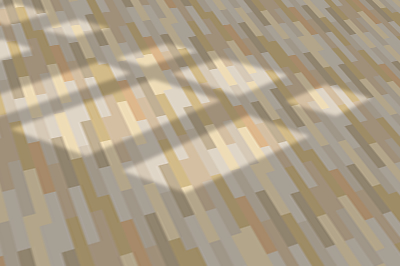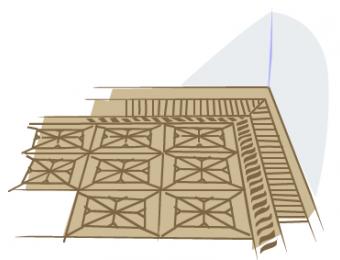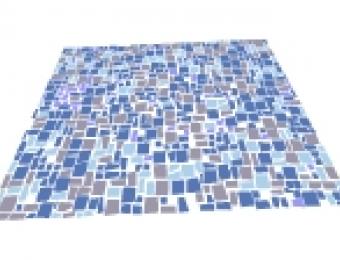
Sunlight and energy efficiency
The colour scheme in your home will be a largely aesthetic choice but there’s no harm in considering how it can affect the home’s overall energy efficiency.
Sunlight from outside typically enters a room diagonally and down by varying degrees, due to the position of the sun in the sky as it rises and sets. This means that most of the light coming into the room falls first on the floor, and that it's the first point of contact and the brightest part of the room during the day.
Lighter colours and reflection
How daylight from windows is initially reflected around the room will determine how far it can spread through the house too, which will in turn have an effect on how much lighting you need to use and where it should ideally be placed. Lighter coloured floor coverings will reflect more light around the room, while darker colours will absorb light. As well, shiny surfaces will reflect, while rough or diffuse surfaces like carpet will absorb light.
By noting the position of your windows, the direction the sun will take passing over your house and remembering to take into account any exterior shading such as trees, you can get a good grasp of where light coloured and reflective surfaces will be best deployed for your floors. Lots of natural light can really open up a small area such as a hallway and increase the perception of space, but if you simply want to make a larger area feel cosier, a darker palette should be chosen.
Using floor surfaces to help make the most of natural light will go towards lowering your reliance on artificial lighting. Even at night, you may find that light coloured or reflective floors mean that you need less lighting to illuminate the same area.





